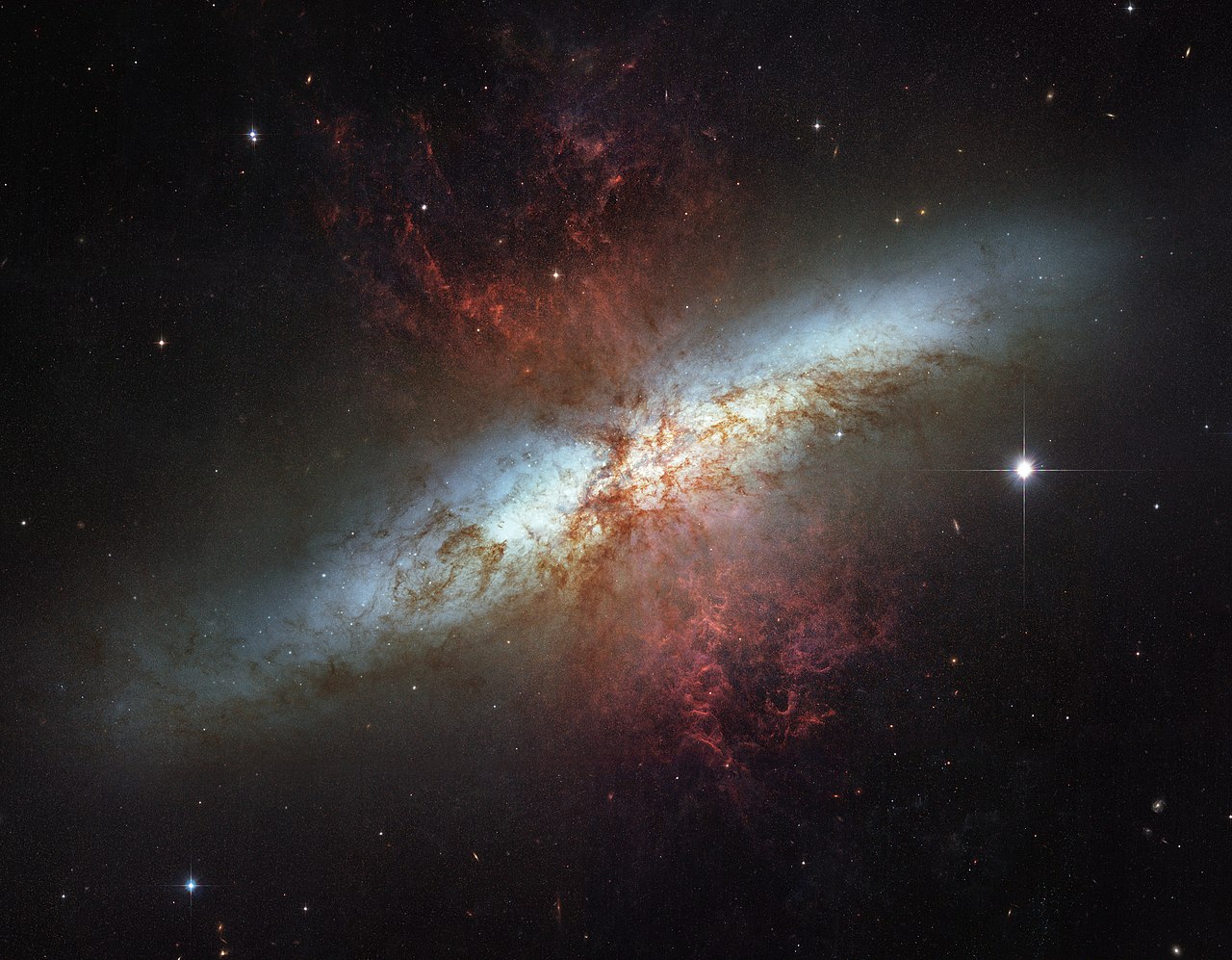 |
| https://goo.gl/T7C84U |
Summary:
Galaxies are a collections of billions of stars, dust, gas and planets that are held by the force of gravity. There are four known types of galaxies: spiral galaxies, elliptical galaxies, peculiar galaxies and irregular galaxies. Spiral galaxies have arms that are curved in such a way that it makes a spiral shape. The Milky Way, the galaxy that we live in, is a spiral galaxy. Elliptical galaxies are more shaped like an ellipse or circle. These galaxies usually have a lack of gas and dust and contain older stars. Peculiar galaxies take the shape of the previous two galaxies but in a distorted form. This is due to galaxies colliding since they attracted each other with their gravity which influences the gravity of the now hybrid galaxy and therefore influences the way that the contents of the new galaxy are arranged. Finally, irregular galaxies are galaxies that have no identifiable shape.
SP4 - Analyzing Data:
This week I analyzed data when I studied about galaxies and their different forms. First, I studied the different types of galaxies. Once I accomplished that, I answered the question of which type of galaxy the Milky Way was. I stated that the Milky Way Galaxy was a spiral galaxy due to its spiral-like shape. Next, I drew a table to classify the different types of galaxy. To do this, I first searched up images of each galaxy. Then I pasted the images that I had gathered onto a table, each galaxy having their separate column. I proceeded to classify each galaxy and labeled them accordingly. The last step was to justify the labels that I put for each galaxy. This is how I analyzed data and applied them onto a table based on research that I did.
No comments:
Post a Comment